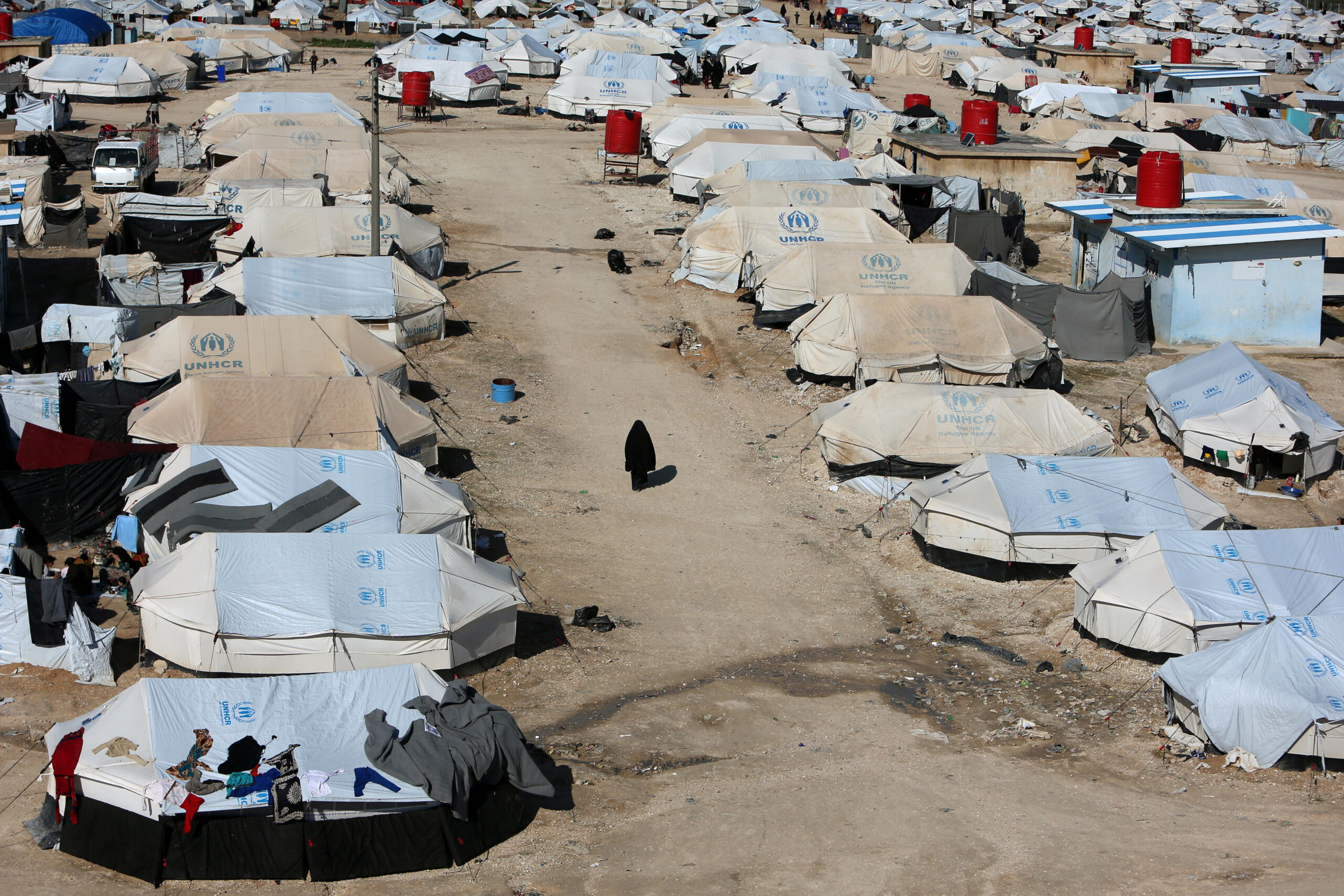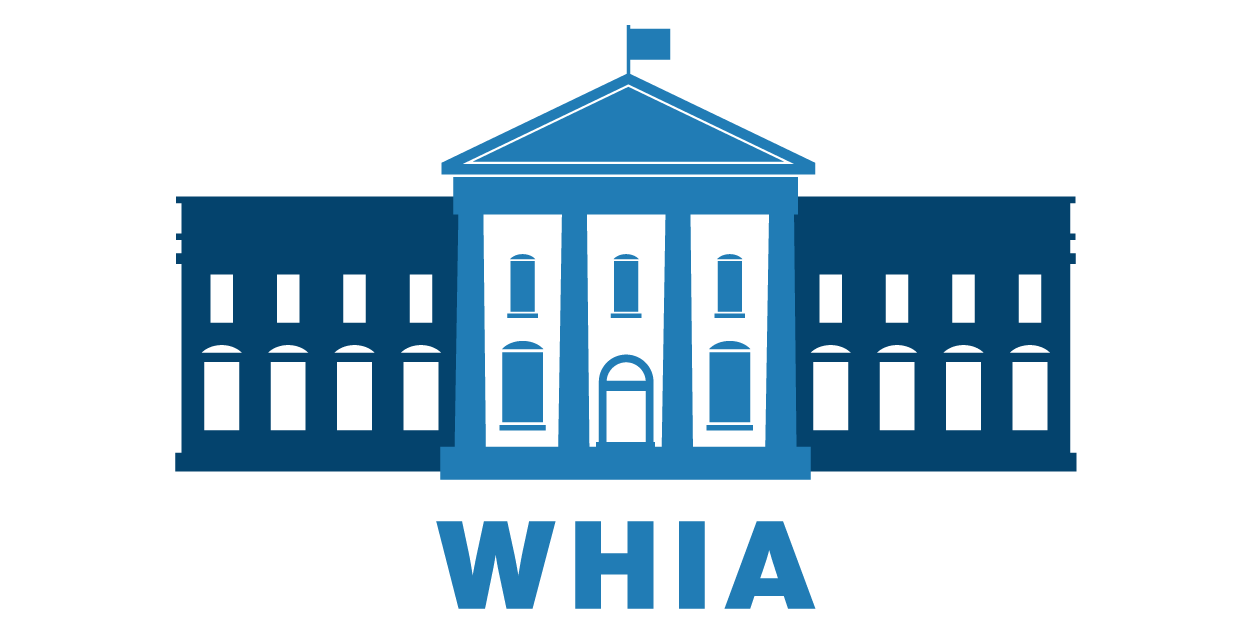
Source: Atlantic Council
The future of northeast Syria is unsettled after eight years of civil war and the US intervention to combat the Islamic State of Iraq and al-Sham (ISIS). It also faces the various divergent interests of powerful external actors, including Russia and Turkey. In mid-April 2019, the Atlantic Council, Konrad-Adenauer-Stiftung, and the Foreign Policy Research Institute convened a group of scholars, intermediaries, and civil-society members from the United States, Europe, and the Middle East to discuss Syria’s northeast at the granular level. The group focused on the building of local security and governance infrastructure, how these efforts interact with the interests of outside parties, and whether a broader power-sharing arrangement can be reached to manage, or help end, the conflict. Over the course of the two-day dialogue, a general consensus emerged that any solution in Syria will require a clear US position on the future of Syria and what Washington is prepared to accept in any post-conflict scenario. The same is true for Russia, the second-most-powerful external actor involved in the conflict, and the guarantor of security, locally and internationally, for the Bashar al-Assad government in Damascus. A third actor, Turkey, has also managed to carve out a contiguous zone of control, stretching roughly from just west of the Euphrates river to a semicircular front line just north of Hama, which is patrolled by Russian and Turkish troops.
The political and military dynamics in Syria are playing out at two different levels, with the non-state, Kurdish majority Syrian Democratic Forces (SDF) engaged in a complex set of negotiations with state-level actors, including the Syrian regime, Russia, the United States, and Turkey. In parallel, these state actors are involved with different—and often competing—local actors, each with their own demands for post-conflict governance in Syria. The conference dialogue focused on how the Syrian Kurds and their Arab allies see local security, and the key challenges that stem from non-state governance in a large, ethnically mixed area under threat from hostile outside powers.
The conference’s first session focused on the role of outside actors in shaping local governance and security institutions in the northeast, and how the security and political interests of outside actors differ. Following this panel, the participants discussed the SDF and the development of civilian governance in Syria’s northeast. The discussion focused on intra-ethnic political differences, and the interplay between Kurdish governance and Arab tribal dynamics in parts of the northeast. The third session focused on the main militia in the area, the Syrian Democratic Forces, and its most important member, the Kurdish-majority People’s Protection Units (YPG). The session focused on tensions within the security apparatus, with a particular focus on the relationship between Arab and Kurdish militias, amidst the persistent threat of an insurgent ISIS still active inside Syria. The fourth and fifth sessions switched gears, as participants were asked to think about how to implement a permanent ceasefire, and how any such effort could reconcile the interests of both outside actors and locals. A summarized report of the conference follows.
